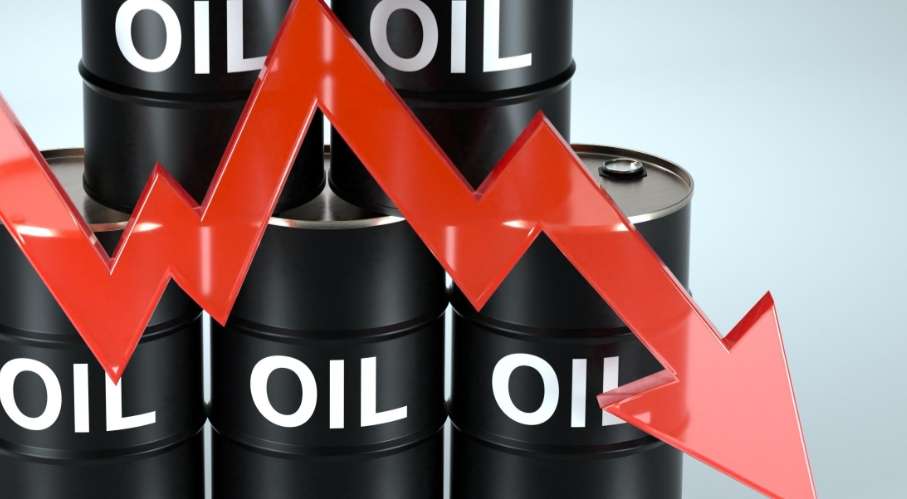Will oil prices drop significantly again?
Advertisements
The global oil market has found itself gripped by uncertainty in recent times. With the world economy still struggling to recover, shifting geopolitical landscapes, and fluctuating U.S. government policies, it is no surprise that international oil prices have come under significant pressure. Analysts have speculated that the ascendance of Donald Trump as President of the United States could herald a surge in American crude oil production, exacerbating the oversupply crisis that has plagued the global oil market. According to forecasts from the International Energy Agency (IEA), the outlook for increased U.S. oil output could lead to worsening supply conditions in the near future.
On November 15, oil prices saw a notable decline; the futures for light crude oil scheduled for December delivery on the New York Mercantile Exchange fell by 2.45%, while Brent crude futures for January 2025 receded by 2.09%. These sharp declines underscore the prevailing unease among investors and traders regarding future oil demand.
In its latest monthly report, the Organization of the Petroleum Exporting Countries (OPEC) has once again adjusted its forecast for global oil demand downwards. This marks the fourth consecutive downgrade since August. OPEC lowered its projection for the average daily oil demand growth to 1.82 million barrels per day for 2024 from an earlier estimate of 1.93 million, and similarly adjusted the 2025 prediction from 1.64 million to 1.54 million, indicating a pattern of diminishing expectations.
Market sentiment around oil demand remains grim; the IEA has consistently revised its expectations downward, indicating that global oil demand growth is steadily cooling and may peak around 2030. This combination of stagnating demand growth coupled with robust supply could spell a severe oversupply scenario for the global oil market by the end of the decade.
In light of the declining demand forecasts, some major oil-producing nations have found themselves compelled to implement various strategies in response. Many have opted to delay capacity expansion plans in order to stabilize the market. OPEC recently confirmed that eight of its member countries, including Saudi Arabia and Russia, had decided to extend voluntary cuts that were set to expire at the end of this month. This measure involves reducing daily production hikes that had been anticipated, ultimately helping to alleviate fears about excessive supply and providing some support for oil prices.
However, while the output reduction plan helps balance supply and demand dynamics and manage existing inventory levels, it does not eliminate the underlying risk of an imbalance altogether. The persistent weakness in global oil demand, along with ongoing pressures on the supply side, means that if reductions are eased or lifted, oil prices may face renewed downside risks.

Faced with robust supply growth and muted demand expectations, the global oil market could continue its tepid trajectory. The U.S. Energy Information Administration’s latest forecast report slightly raised its average price projection for Brent crude futures from $80.89 to $80.95 per barrel for the current year, but cut its anticipated price for the upcoming year from $77.59 to $76.06. Similarly, the predictions for West Texas Intermediate (WTI) crude futures were adjusted upward from $76.91 to $77 per barrel, but downward for next year from $73.13 to $71.60.
Meanwhile, the World Bank has forecast that the price of Brent crude will average around $80 per barrel in 2024, with a further decline to $73 per barrel anticipated in 2025. The institution emphasizes that global economic growth alongside geopolitical tensions represent significant risks to the future of oil prices. With demand momentum continuously waning and persistent supply challenges, this imbalance could further exert downward pressure on oil prices. However, a significant escalation in geopolitical conflicts—such as worsening situations in the Middle East—could interrupt oil supplies, potentially leading to sharp increases in prices. Furthermore, the dynamics within "OPEC+" teams—with any shift from voluntary cuts back to production increases—pose risks to price stability due to the high levels of remaining production capacity that could flood the market once demand picks up.
Market watchers remain cautious, suggesting that if OPEC+ were to withdraw its reduction measures, crude prices could plummet to as low as $30 or $40 per barrel. Even if such measures are not lifted, there remains a strong likelihood for significant declines in oil prices, demonstrating the fragile nature of the current oil market and the constant volatility of supply and demand interactions.
Write a Comment